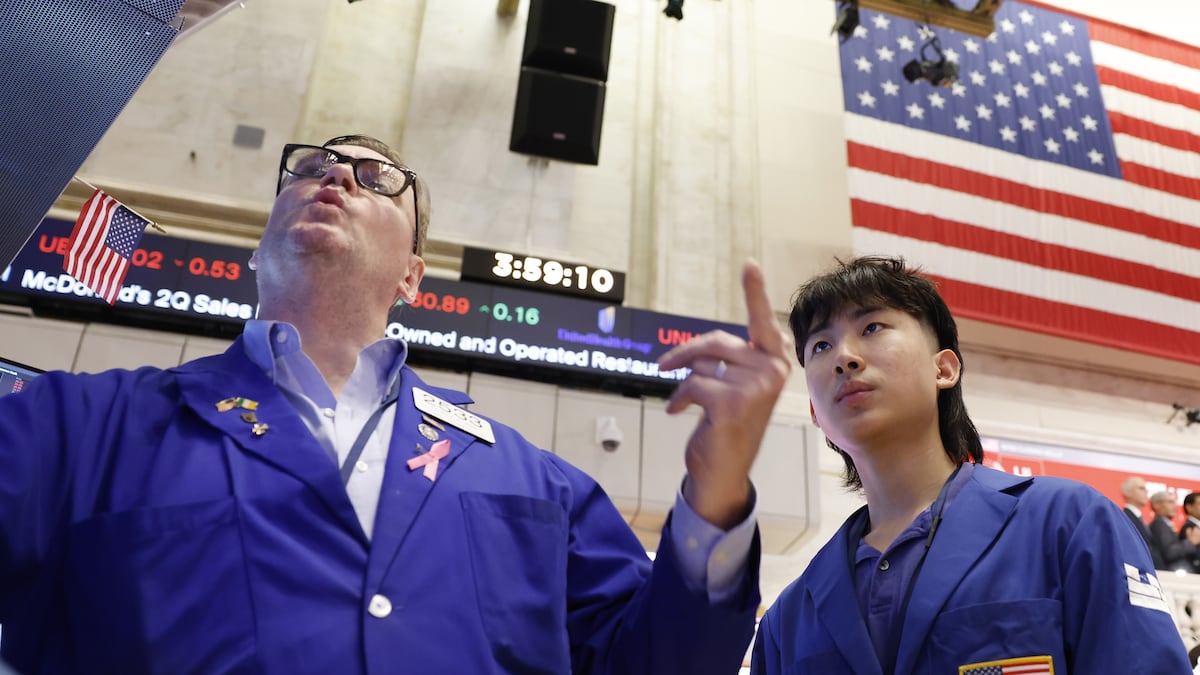- Ether has lagged behind Bitcoin and Solana on price increases.
- Experts say it’s due to how different the cryptocurrencies are.
- However, one key event is expected to catapult Ether’s price higher.
For all intents and purposes, it’s been a breakout year for Ethereum.
The explosion of speedy layer 2 networks has plummeted fees. The Merge, which marked Ethereum’s landmark transition from energy-intensive proof-of-work to environmentally-friendly proof-of-stake, has also driven billions into Ether staking, especially the so-called liquid staking. About $36 billion worth of Ether is currently staked through liquid staking protocols, according to DefiLlama data.
Spot Ether exchange-traded products started trading in July and opened to a new institutional class of investors.
There’s just one problem: Ether’s price is still lagging.
Bitcoin and Solana have both risen 38% since the start of the year while Ether is up just 15% over the same period, according to an investment simulator created by finance firm 21Shares. What gives?
Yves Longchamp, managing director and head of research at crypto bank AMINA, told DL News, that it’s because Ethereum serves a different purpose than Bitcoin and Solana.
Their price performances should thus be viewed individually rather than compared, he said.
Moreover, experts predict the upcoming Federal Reserve meeting in September could become the catalyst that pushes Ether higher.
Major differences
Longchamp said Bitcoin and Solana’s skyrocketing prices have been bolstered by the launch of spot Bitcoin exchange-traded funds and the ongoing memecoin frenzy.
Since their launch in January, spot Bitcoin ETFs issued by Wall Street heavyweights like BlackRock and Fidelity have seen more than $20 billion in investment, according to Farside Investors.
Memecoin activity on Solana in July pushed the 24-hour trading volume on the network well above volumes on Ethereum and its layer 2 networks combined.
While Ether has also managed to ride the bull market this year, it stands apart from its cryptocurrency cousins in several ways, which may explain why it hasn’t enjoyed the same dramatic surges.
Crypto’s digital oil
Bitcoin is often pitched as digital gold, a moniker that’s yet to establish itself.
Ether, on the other hand, is more like digital oil, says Tal Zackon, CEO and co-founder of crypto data platform Tres Finance.
“The price of Ether is a direct reflection of how expensive it is to use the Ethereum network,” he told DL News. “In the future, Ether will be like oil prices. It’s a utility currency that will underpin the workflows of the financial future.”
Transacting on Ethereum has notoriously been slow and expensive.
In 2017, network fees skyrocketed after a non-fungible token about cats called CryptoKitties went viral, effectively pricing out all but the richest users.
That’s no longer the case. On August 11, the average transaction cost on Ethereum was at its lowest point in years, according to Etherscan.
That’s partly thanks to the rise of layer 2 networks, which move a large portion of transaction activity off of Ethereum.
This is also why Ether’s price has dragged, said Longchamp. Users need to hold less of it to interact with the network.
“This [layer 2 development] removes pressure from the base chain to settle every transaction, which results in lower network load and lower gas fees,” he told DL News.
“In essence, the fact that Ethereum price has been relatively stable shows positive development on the technical level.”
How will Ether rise?
Solo Ceesay, CEO of crypto wallet Calaxy, says increased flows into spot Ether ETFs will buttress the digital asset.
On August 5, when global capital markets crashed, investors poured into spot Ether ETFs. Just as they scooped up Ethereum, they also dumped their Bitcoin ETF holdings.
Ceesay said that if Bitcoin, which is highly correlated to the rest of the market, does well, so will Ether.
Many investors expect Bitcoin to rise whenever the US Federal Reserve cuts interest rates. There are 100% odds of that happening in September, according to FedWatch data.
Zackon said changing market sentiment is another tailwind. After all, the bulk of all decentralised finance activity is still on Ethereum.
Data from DeFiLlama shows Ethereum makes up more than half of all DeFi investments.
Liam Kelly is a DeFi Correspondent for DL News. Got a tip? Email at liam@dlnews.com.
